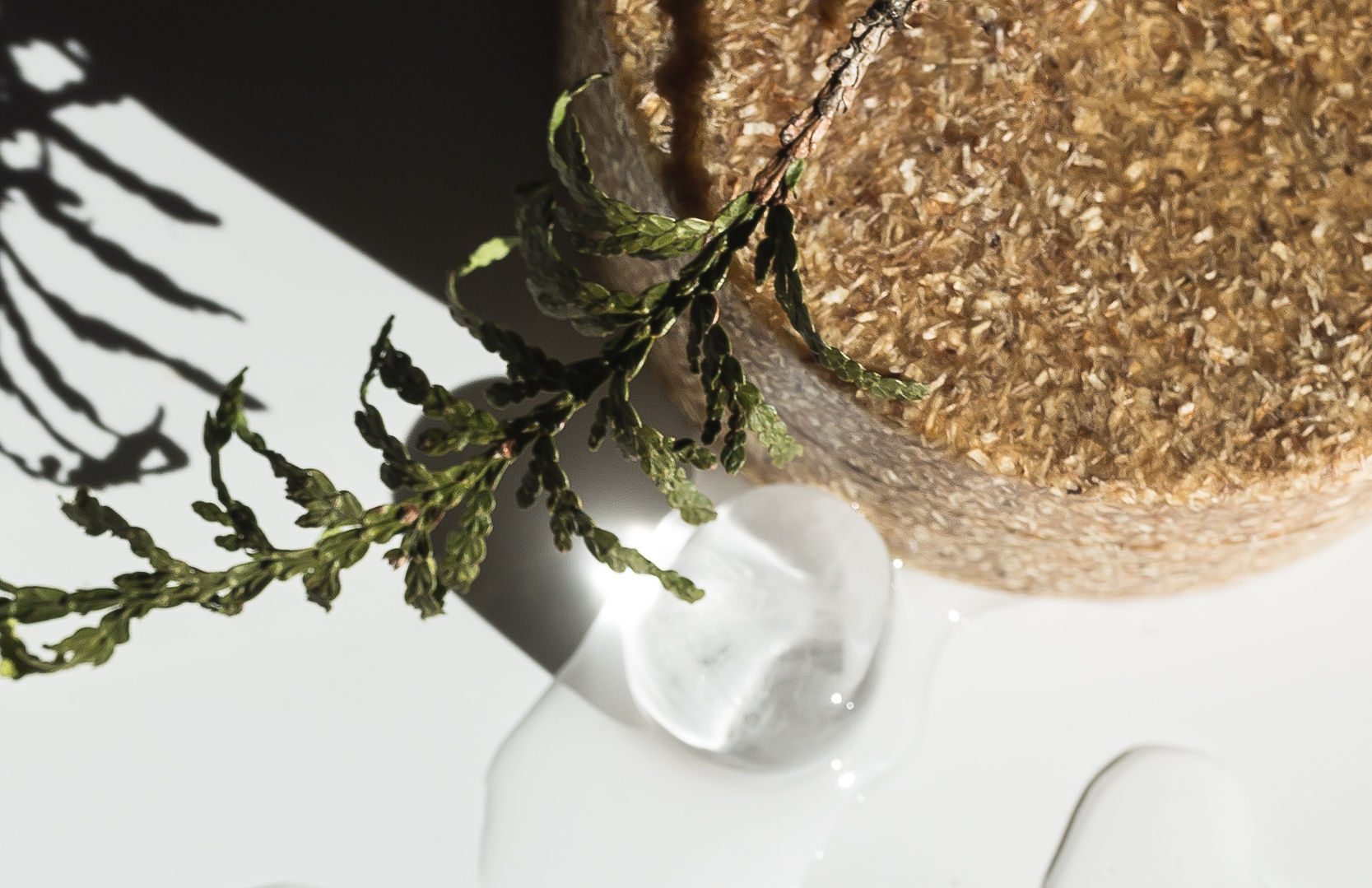Closing the Loop with Sulapac – How to Recycle Our Products
Sulapac is designed to circulate. We have developed a material that has many of the qualities and benefits of conventional plastic, but after use Sulapac is fully compostable leaving no permanent microplastics behind. Even though Sulapac also biodegrades completely in natural conditions, we never want you to litter the environment with our products or packaging. Currently the preferred recycling method of Sulapac is industrial composting, but we have also explored other alternatives. In this blog we have put together some current and future scenarios of how Sulapac can circulate after use.

Sulapac is Circular by Design
The ingredients of Sulapac are derived from nature with main components of wood and plant-based binders. The material biodegrades fully and doesn’t leave permanent microplastics behind. Sulapac can be digested by naturally occurring microorganisms and doesn’t bioaccumulate in the food chain. The biodegradation speed can be compared to that of tree leaves or natural wood, depending on the recipe. But even though Sulapac is mimicking natural cycles, it doesn’t belong in nature after use. Through composting, Sulapac starts a new life in enhancing soil and helping new plants to grow.
Recycling Methods Vary Based on Product and Location
Sulapac® materials, Nordic Collection jars and the Sulapac® straw are recyclable via industrial composting, a form of organic recycling. The compostability has been tested according to EN 13432 (The European standard for industrial compostability for packaging). The Sulapac straw also has the Seedling certificate.
As the recycling systems and infrastructure vary regionally, always check detailed instructions with your local waste management authority. It must be also noted that the compostability of an end-product must be verified by the company responsible for its manufacturing. We encourage our customers to use biodegradable etiquettes and glue to ensure the compostability of their Sulapac packaging.
Our aim is that there would be several different possible recycling routes for Sulapac materials, allowing you to use the one available in your geographical location.
Future of Recycling Sulapac
Other recycling options are currently under investigation. Potential future recycling methods include mechanical and chemical recycling, pyrolysis, either as separately collected waste streams or within plastic waste streams. Our tests together with VTT, Technical Research Centre Of Finland, have shown that Sulapac Premium material can be mechanically recycled up to five times without it losing its mechanical properties. Very recently, VTT also tested chemical recycling of Sulapac Premium via pyrolysis. Preliminary results of pyrolysis indicate high yield of organic fraction, the main product being low viscosity oily liquid that could be further processed into valuable chemicals and fuels. What is needed is an infrastructure which would enable the mechanical and chemical recycling. We are actively participating in discussions with relevant stakeholders to make this happen in the future.
If Sulapac Ends Up in the Wrong Place
Our ambitious objective has been to develop ‘bio-benign’ materials that would reduce the negative impacts on natural systems if leaked, while also being recyclable and competitive in terms of functionality and costs. Due to innovative composite design, Sulapac materials biodegrade faster than many biodegradable plastics, such as polylactic acid.
Independent accredited third-party laboratory tests have shown that microbes which can digest Sulapac materials exist in nature and in landfills. As all other biopolymers, such as collagen and native cellulose, Sulapac disintegrates first into tiny particles. However, after disintegration, the Sulapac particles biodegrade fully into CO2 (CH4 if no oxygen is present), water and biomass, meaning that no permanent microplastic or hazardous chemicals are left behind during the use phase or end-of-life. Thus, Sulapac materials do not contribute to long term accumulation of microplastic in nature.
One of our key priorities in all our actions is the promotion of a circular economy. By designing materials made from ingredients that are inherently safe for people and the environment, we can promote cycles which are safe on the molecular level.
Maija Pohjakallio
Sustainability Director
Heidi Peltola
R&D Manager
Sulapac® is a sustainable material innovation inspired by Nordic nature. It is a lot like plastic, yet it biodegrades fully without leaving microplastics behind. As a premium material that is safe and circular by design, Sulapac® is ideal for quality driven brands with genuine commitment to sustainability. Plastic product manufacturers can use Sulapac® with their existing machinery making sustainability an easy choice. The company was founded in 2016 by Suvi Haimi and Laura Tirkkonen-Rajasalo and is based in Helsinki, Finland. Sulapac has been ranked one of the 100 hottest startups in Europe by WIRED UK both in 2018 and 2019. Join our mission to save the world from plastic waste! sulapac.com